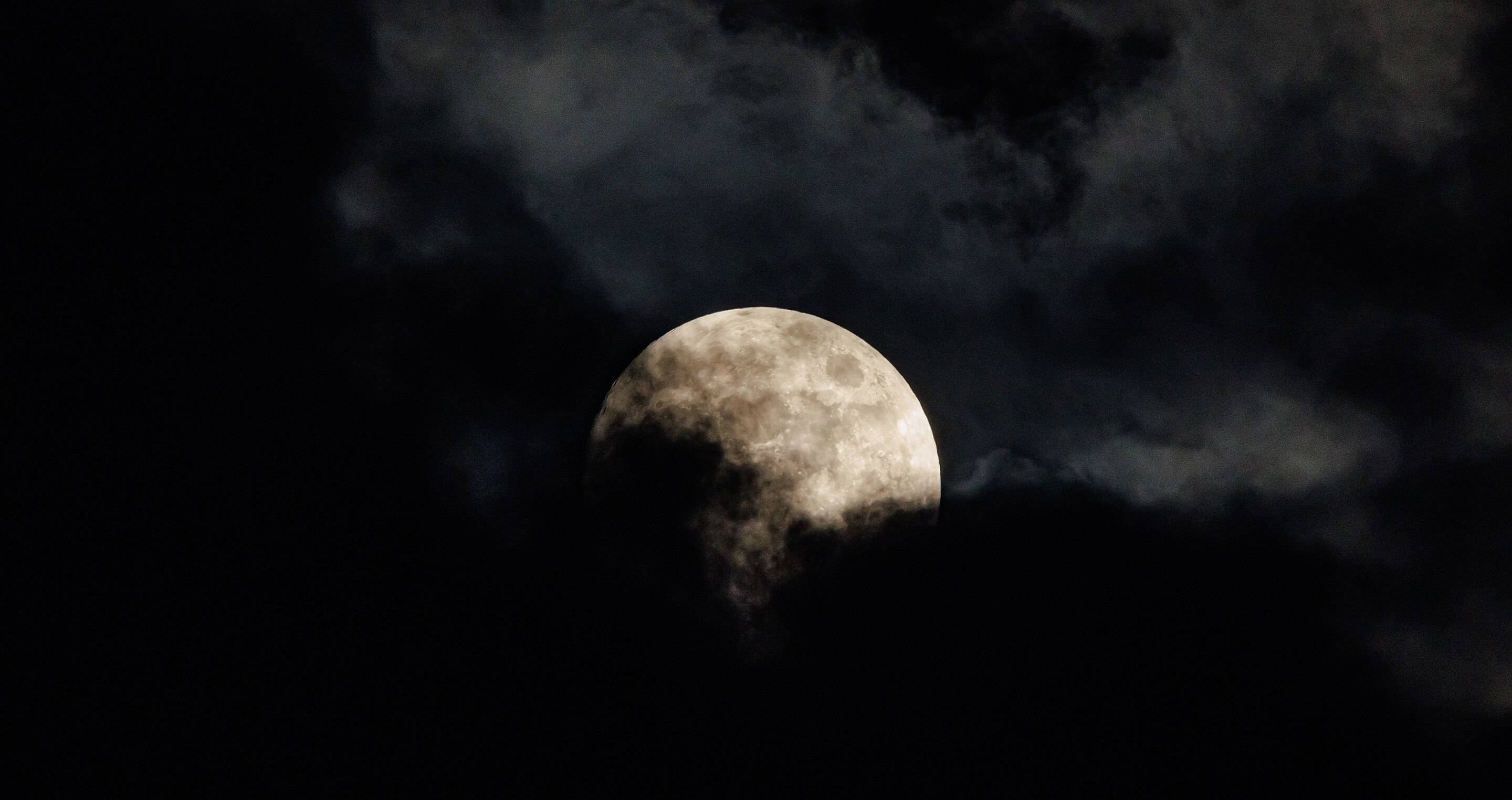Tropical mammals react to changes in lunar light
Article Highlights
- A newly published paper reveals half of mammal species in tropical forests adjust their behaviors in response to the moon's phases.
- Nocturnal animals, especially rodents, avoided going out at night during a full moon during the study, potentially causing them to miss opportunities to secure food or move to new locations.
- "This research has implications for how habitat degredation may impact some tropical animals," MSU ecologist Lydia Beaudrot said.
New research appearing in the Proceedings of the Royal Society B reveals that half of the mammal species in tropical forests adjust their behaviors in response to the moon's phases and corresponding variations in light.

Michigan State University ecologist Lydia Beaudrot, who studies tropical ecology and conservation, was among the international cohort of researchers who contributed to the study.
As human development rapidly and drastically alters some of the darkest places on Earth — including the shaded understories of tropical forests — researchers are racing to understand what happens in these systems under the cover of night.
“This research has implications for how habitat degradation may impact some tropical animals,” Beaudrot said.
No flash photography, please
To understand how tropical mammals reacted to natural fluctuations in light, the researchers examined 2.1 million photographs from automatic wildlife cameras installed across 17 protected forests over three continents.
The image set was sourced from the Tropical Ecology & Assessment and Monitoring Network, or TEAM, which Beaudrot calls an “incredible resource for the scientific community.”
TEAM developed a standardized data-collection system encompassing a global network of parks with game cameras, providing a large-scale dataset by which scientists can examine changes to tropical ecosystems.
By analyzing these images, researchers could derive how nocturnal behaviors changed across 86 mammal species, based on variations of nighttime light levels.
They found that half of the observed species altered their activity levels or timing, or both, in response to changes in light levels.
Beaudrot, an assistant professor in MSU’s department of Integrative Biology, explains that “for tropical forest animals that are awake at night, not all nights are the same. In fact, which species are active depends a lot on the moon.”

What we do in the shadows
Of the 86 total observed species of mammal, 12 species decidedly avoided moonlight, while three species were more likely to emerge under moonlit conditions.
“These were the species with the most pronounced reactions,” said Richard Bischof, professor at the Norwegian University of Life Sciences (NMBU) and a first author on the paper.
While some species exhibited behaviors on the extremes, half of total study species showed some amount of change in behavior corresponding to lunar phases.
Overall, 30% of species avoided the moonlight, compared to 20% that showed some level of attraction to it
These changes included shifts in when, or even if, species went out at night to travel or seek out food.
Notably, nocturnal species, especially rodents, were over-represented among species that avoided the full moon.
These behaviors may be closely linked with species’ feeding habits – and whether they’re predators or prey. But for either one, going out at night offers a set of strategic tradeoffs.
“Imagine playing hide-and-seek in a dark room, and then somebody lights a candle,” Bischof said. “The light, even if it is weak, may make it easier for you to find your way around the room. But if you are the one hiding, you suddenly become a lot easier to detect.”
Not a very bright idea
Increased illumination may make food easier to find and terrain easier to traverse, but it also makes an animal easier to spot – a disadvantage for creatures who rely on the cover of night to move around unseen.
However, the pronounced impact of light — even in the dim forest understory — is spurring concern over how habitat degradation and fragmentation could reshape tropical forest communities.
Human development can reshape or destroy natural habitats. As forests are cleared for land, lumber or other natural resources, pollution can have dire impacts on soil, water and air – and even the light which animals rely on for safety and stealth.
In these transformed environments, thinned forest canopies provide less cover from natural light, and artificial light sources can disrupt natural cycles.
As a result, some animals may miss essential opportunities to secure food or move to new locations. And while some species may better adapt to brighter nights, many species — and even entire ecological communities — could lose.
- Categories: